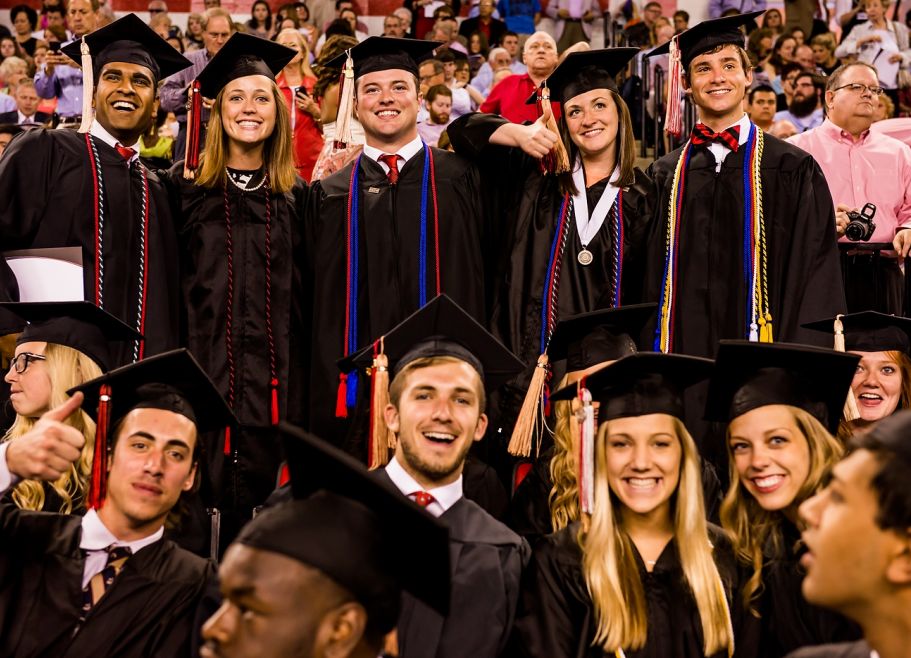JOURNALS || EIJO Journal of Science, Technology and Innovative Research (EIJO – JSTIR) [ ISSN : 2455 - 9938 ]
Abstract
In a variety of clinical applications human amniotic membrane (AM) has been employed as a graft biomaterial. There is tenacious issue associated with preparation, storage, and sterilization. To decode these issues, hyperdry AM (HD-AM) using far-infrared rays, vacuum air, and microwaves are developed and then sterilized by g-ray irradiation. Amniotic membrane is a thin membrane that completely covers the embryo on the inner side of the fetal placenta. The membrane contains various growth factors, proteins and stem cell reserves that may enhance wound healing with tissue regeneration. The amniotic membrane has other biological properties important for Tissue engineering, including anti-inflammatory, anti-microbial, anti-fibrosis, anti-scarring, as well as low immunogenicity.
Keywords: amniotic membrane, periodontal regeneration, scaffold, tissue engineering, stem cells
- Padial-Molina M, Rios HF. Stem cells, scaffolds and gene therapy for periodontal engineering. Curr Oral Heal Reports 2013; 1: 16–25.
- Dabra S, Chhina K, Soni N, Bhatnagar R. Tissue engineering in periodontal regeneration: a brief review. Dent Res J (Isfahan) 2012; 9: 671–80.
- Litwiniuk M, Grzela T. Amniotic membrane: new concepts for an old dressing. Wound repair Regen 2014; 22: 451–6.
- K. Benirschke, P. Kaufman, Pathology of the human placenta. New York: Springer-Verlag 2000; 273–281.
- S. Blackburn, Maternal, Fetal and Neonatal Physiology: a clinical prospective: Saunders: an imprint of Elsevier Science 2003; 345.
- S. Parry, J. F. Strauss, Premature rupture of the fetal membranes, N. Engl. J. Med 1998; 338: 663-670.
- K. Riau, R. W. Beuerman, L. S. Lim, J. S. Mehta, Preservation, sterilization and deepithelialization of human amniotic membrane for use in ocular surface reconstruction. Biomaterials 2010; 31: 216-225.
- P. A. Klemmt, V. Vafaizadeh, and B. Groner, “The potential of amniotic fluid stem cells for cellular therapy and tissue engineering,” Expert Opinion on Biological Therapy 2011; 11(10):1297–1314.
- S. Joo, I. K. Ko, A. Atala, J. J. Yoo, and S. J. Lee, “Amniotic fluid-derived stem cells in regenerative medicine research,” Archives of Pharmacal Research 2012; 35(2): 271–280.
- T. Miki, T. Lehmann, H. Cai, D. B. Stolz, and S. C. Strom, “Stem cell characteristics of amniotic epithelial cells,” Stem Cells 2005; 23(10): 1549–1559.
- Alviano F, Fossati V, Marchionni C, Arpinati M, Bonsi L, et al. ‘Term amniotic membrane is a high throughput source for multipotent mesenchymal stem cells with the ability to differentiate into endothelial cells in vitro. BMC Dev Biol 2007; 7: 11-15.
- Velez, W. B. Parker, M. A. Siegel, M. Hernandez, Cryopreserved Amniotic Membrane for Modulation of Periodontal Soft Tissue Healing: A Pilot Study, J. Periodontol 2010; 81(56): 1797- 1804.
- Rusidah Mat Yatim, Thirumulu Ponnuraj Kannan, Suzina Sheikh, Hamid, Shazana Hilda Shamsudin. Effects of different processing methods of human amniotic membrane on the quality of extracted RNA. Arch Orofac Sci 2013; 8(2):47-53.
- Adachi, T. Amemiya, T. Nakamura, K. Honjyo, S. Kumamoto, T. Yamamoto, A. Bentley, N. J. Fullwood, S. Kinoshita, N. Kanamura, Human periodontal ligament cell sheets cultured on amniotic membrane substrate, Oral Dis 2014; 20: 582-90.
- T. Hiroaki, A. Naoya, S. Chieko, O. Motonori, K. Chika, Y. Toshiko, N. Toshio, N. Makoto, Intraoral application of hyperdry amniotic membrane to surgically exposed bone surface, Oral Surg, Oral Med, Oral Pathol, Oral Radiol 2014; 117: 83-7.
- H. Samandari, M. Yaghmaei, M. Ejlali, M. Moshref, A. S. Saffar, Use of amnion as a graft material in vestibuloplasty: a preliminary report. Oral Surg. Oral Med, Oral Path, Oral Radio, Endodo 2004; 97: 574–578.
- Miki T, Lehmann T, Cai H, Stolz DB, Strom SC Stem cell characteristics of amniotic epithelial cells. Stem Cells 2005; 23: 1549–1559.
- Steed DL, Trumpower C, Duffy D, Smith CH, Marshall V, Rupp R, et al. Amnion-derived cellular cytokine solution. A physiological combination of cytokines for wound healing. Eplasty (2008); 22:451-457
- Sangwan VS, Matalia HP, Vemuganti GK, Rao GN. Amniotic membrane transplantation for reconstruction of corneal epithelial surface in cases of partial limbal stem cell deficiency. Indian J Ophthalmol 2004; 52: 281–5.
- Bonci P, Bonci P, Lia A. Suspension made with amniotic membrane: clinical trial. Eur J Ophthalmol 2005; 15: 441–5.
- Baguneid MS, Seifalian AM, Salacinski HJ, Murray D, Hamilton G, et al. Tissue engineering of blood vessels. Br J Surg 2006; 93: 282-290.
- Walgenbach KJ, Voigt M, Riabikhin AW, Andree C, Schaefer DJ, et al.,’’Tissue engineering in plastic reconstructive surgery. Anat Rec 2001; 263: 372-378.
- Yang S, Leong KF, Du Z, Chua CK,” The design of scaffolds for use in tissue engineering. Part I. Traditional factors. Tissue Eng 2001; 7: 679-689.
- Arai N, Tsuno H, Okabe M, Yoshida T, Koike C, et al.,” Clinical application of a hyperdry amniotic membrane on surgical defects of the oral mucosa. J Oral Maxillofac Surg 2012; 70(75): 2221-2228.
- Hsiao YC, Lee HW, Chen YT, Young TH, Yang TL,” The impact of compositional topography of amniotic membrane scaffold on tissue morphogenesis of salivary gland. Biomaterials 2001; 32: 4424-4432.



